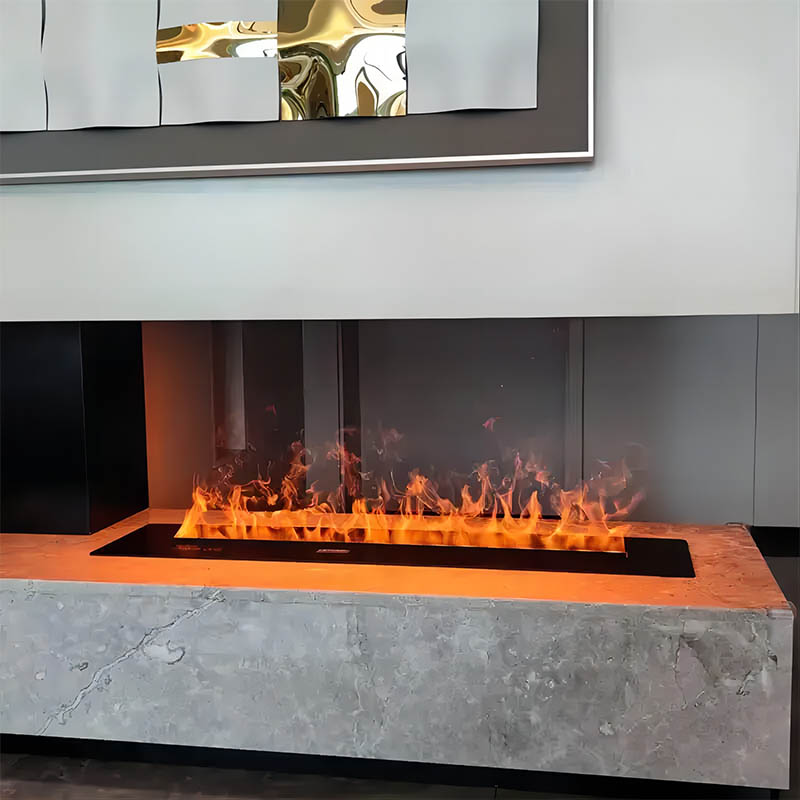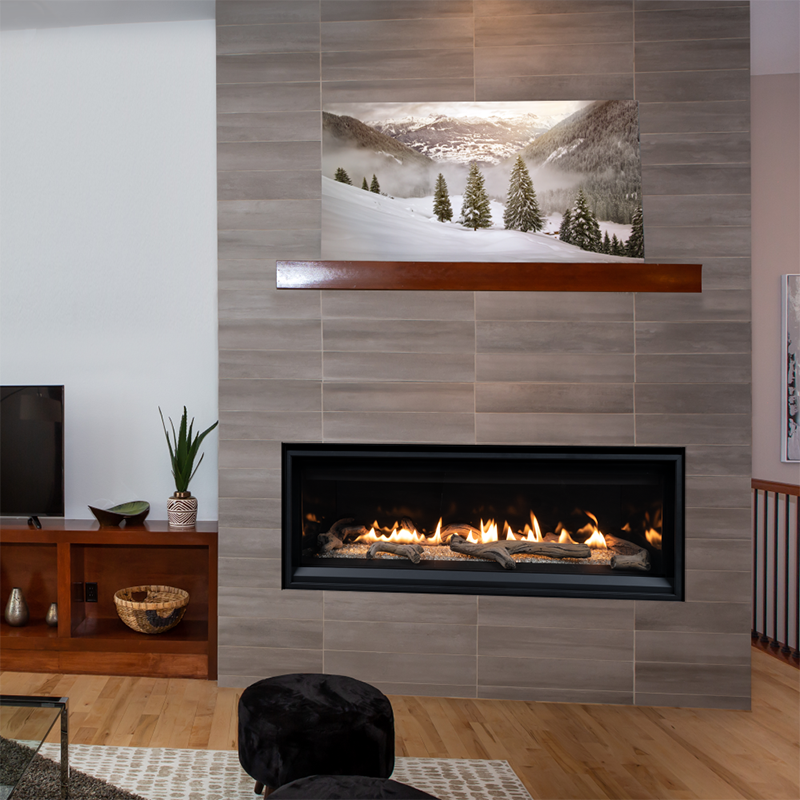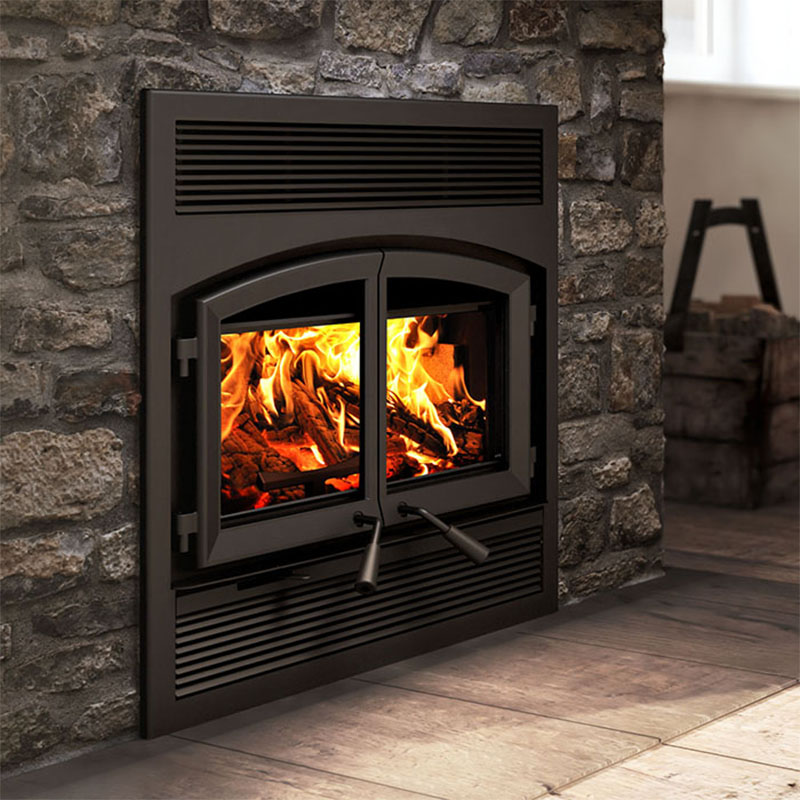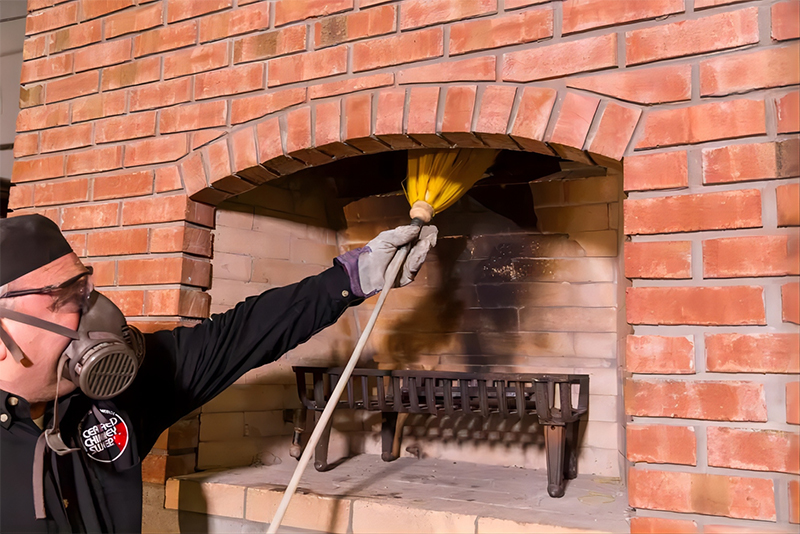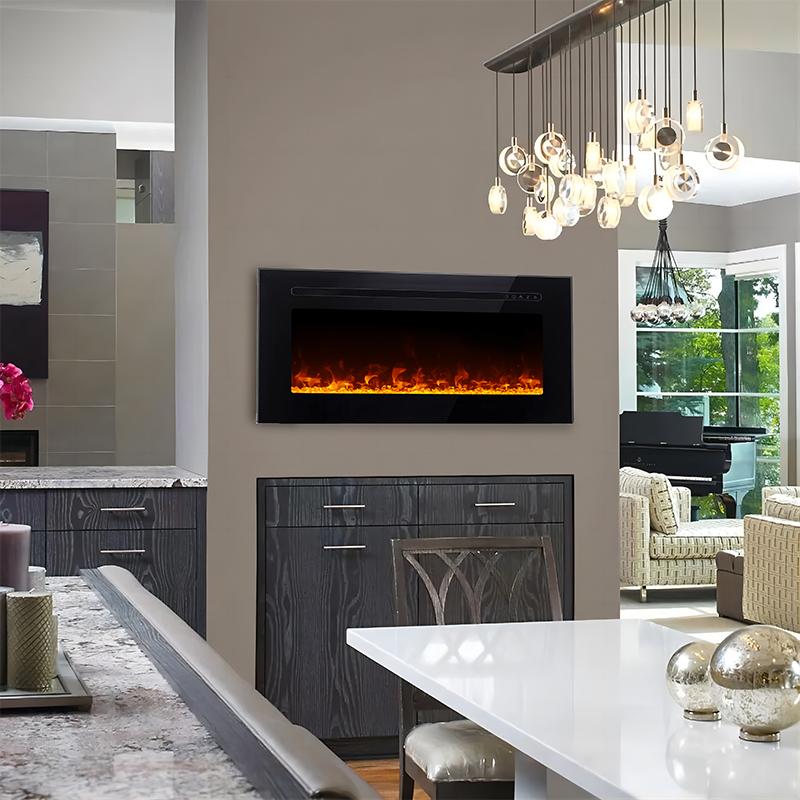Meta description: A comprehensive comparison of electric, gas, and wood fireplaces, highlighting their pros and cons to help you choose the most suitable fireplace for your home. Learn about their installation, costs, efficiency, and more.
|
Section |
Subsection |
|
Introduction |
|
|
Electric Fireplaces Explained |
|
|
|
Key Features of Electric Fireplaces |
|
|
Pros and Cons of Electric Fireplaces |
|
|
How to Install an Electric Fireplace |
|
|
Cost Analysis of Electric Fireplaces |
|
Gas Fireplaces Explained |
|
|
|
Key Features of Gas Fireplaces |
|
|
Pros and Cons of Gas Fireplaces |
|
|
How to Install a Gas Fireplace |
|
|
Cost Analysis of Gas Fireplaces |
|
Wood Fireplaces Explained |
|
|
|
Key Features of Wood Fireplaces |
|
|
Pros and Cons of Wood Fireplaces |
|
|
How to Install a Wood Fireplace |
|
|
Cost Analysis of Wood Fireplaces |
|
Fireplace Comparison: Heat, Efficiency, and Maintenance |
|
|
|
Heat Output and Efficiency Comparison |
|
|
Environmental Impact Analysis |
|
|
Maintenance Requirements and Safety |
|
Best Fireplace Choices for Different Types of Homes |
|
|
|
Fireplace Options for Urban Apartments |
|
|
Fireplace Options for Suburban Homes |
|
|
Fireplace Options for Rural Houses |
|
Considerations Based on Lifestyle and Personal Preferences |
|
|
|
Convenience vs. Authenticity |
|
|
Budget Constraints |
|
Conclusion |
|
|
FAQs |
|
|
|
Which fireplace type is most cost-effective? |
|
|
Are electric fireplaces safe for families? |
|
|
Can I install a gas fireplace myself? |
|
|
What are the maintenance requirements for wood fireplaces? |
|
|
Which fireplace provides the best ambiance? |
|
|
Do fireplaces affect home insurance? |
Introduction
Choosing a fireplace for your home involves understanding the advantages and disadvantages of various types. Electric, gas, and wood fireplaces each offer unique benefits, from installation and cost to maintenance and environmental impact. This article explores these options in detail to help you make an informed decision.
Electric Fireplaces Explained
Key Features of Electric Fireplaces
Electric fireplaces are popular for their convenience and versatility. They require no chimney or venting, making them suitable for nearly any room. These fireplaces typically use LED technology to simulate realistic flame effects, with many models offering multiple flame colors and brightness settings.
Pros and Cons of Electric Fireplaces
Pros:
- Easy installation
- Low maintenance costs
- Energy-efficient
- Safe for children and pets
- Flexible installation in various locations
Cons:
- Lack of real flame experience
- Dependence on electricity supply
- Lower heat output compared to other types
How to Install an Electric Fireplace
Installing an electric fireplace is straightforward, requiring only a power outlet. Most electric fireplaces can be wall-mounted, recessed, or placed in an existing fireplace opening. This makes electric fireplaces ideal for homes without chimneys or venting systems.
Cost Analysis of Electric Fireplaces
Electric fireplaces range in price from $200 to $2500, depending on the model and features. Due to their reliance on electricity, operating costs are relatively low, making them suitable for budget-conscious households.
Gas Fireplaces Explained
Key Features of Gas Fireplaces
Gas fireplaces combine realistic flame visuals with modern convenience. They can use natural gas or propane, often operated via wall switches or remote controls, with some models offering flame adjustment features.
Pros and Cons of Gas Fireplaces
Pros:
- Realistic flame and heat
- Convenient operation
- High heat output
- Lower maintenance costs compared to wood fireplaces
Cons:
- Requires professional installation
- Depends on gas supply
- Ventless models may impact indoor air quality
How to Install a Gas Fireplace
Installing a gas fireplace typically requires professional installation due to gas line connections and potential venting requirements. Ventless models offer more flexibility in installation but should be carefully installed to ensure safety and compliance with local regulations.
Cost Analysis of Gas Fireplaces
Gas fireplace prices range from $1000 to $5000, depending on the model and installation complexity. While initial costs are higher than electric fireplaces, gas fireplaces offer higher heating efficiency and lower operational costs.
Wood Fireplaces Explained
Key Features of Wood Fireplaces
Wood fireplaces provide the most traditional fireplace experience with real flames and the aroma of burning wood. They come in various styles, from classic brick-and-mortar fireplaces to modern wood stoves and inserts, suitable for different home aesthetics.
Pros and Cons of Wood Fireplaces
Pros:
- Authentic flame experience
- High heat output
- Aesthetic appeal and traditional charm
Cons:
- High maintenance requirements
- Requires continuous supply of wood
- May produce ash and smoke
- Requires chimney and regular cleaning
How to Install a Wood Fireplace
Installing a wood fireplace is typically more complex, involving chimney construction or modification to ensure safety and functionality. This often requires professional expertise and longer installation times, making it the most labor-intensive fireplace option.
Cost Analysis of Wood Fireplaces
Wood fireplace installation costs range from $3000 to $10,000, depending on the type and complexity. Maintenance costs include regular ash removal and chimney cleaning, along with ongoing wood supply expenses.
Fireplace Comparison: Heat, Efficiency, and Maintenance
Heat Output and Efficiency Comparison
Gas fireplaces offer the highest heat output and efficiency, followed by wood fireplaces. Electric fireplaces, while lower in heat output, are more efficient due to no chimney heat loss.
Environmental Impact Analysis
Electric fireplaces have the least environmental impact as they produce no smoke or emissions. Gas fireplaces have moderate emissions, while wood fireplaces, despite using renewable resources, can contribute to air pollution.
Maintenance Requirements and Safety
Electric fireplaces require minimal maintenance. Gas fireplaces need regular checks and maintenance to ensure safe operation. Wood fireplaces have the highest maintenance needs, including ash removal and chimney cleaning.
Best Fireplace Choices for Different Types of Homes
Fireplace Options for Urban Apartments
Electric fireplaces are ideal for urban apartments due to their lack of chimney requirements and simple installation. They provide a cozy ambiance suitable for limited spaces.
Fireplace Options for Suburban Homes
Gas fireplaces are well-suited for suburban homes, offering ample heat and ease of operation. They are particularly suitable for homes with existing natural gas supplies.
Fireplace Options for Rural Houses
Wood fireplaces are perfect for rural houses, providing a traditional fireplace experience with high heat output. They are advantageous in areas with abundant wood resources.
Considerations Based on Lifestyle and Personal Preferences
Convenience vs. Authenticity
If convenience is paramount, electric and gas fireplaces offer ease of use. For those valuing the authentic fireplace experience, wood fireplaces are unmatched.
Budget Constraints
Electric fireplaces are the most budget-friendly in terms of installation and operation costs. Gas fireplaces fall in the mid-range, while wood fireplaces have the highest upfront and maintenance costs.
Conclusion
Choosing between electric, gas, or wood fireplaces depends on your specific needs and lifestyle. Each type offers distinct advantages, from the convenience of electric fireplaces to the traditional appeal of wood fireplaces. By considering installation, costs, maintenance, and safety, you can find the fireplace that best suits your home environment and personal preferences.
FAQs
Which fireplace type is most cost-effective?
Electric fireplaces generally have the lowest installation and operational costs, making them ideal for budget-conscious households.
Are electric fireplaces safe for families?
Yes, electric fireplaces are safe for families with children and pets since they do not produce real flames or hot surfaces, reducing the risk of burns.
Can I install a gas fireplace myself?
It’s recommended to have a professional install a gas fireplace to ensure proper gas line connections and compliance with safety regulations.
What are the maintenance requirements for wood fireplaces?
Wood fireplaces require regular ash removal, chimney cleaning, and consistent wood supply to maintain optimal performance and safety.
Which fireplace provides the best ambiance?
Wood fireplaces offer the most authentic and traditional ambiance with real flames and the crackling sound of burning wood. Gas fireplaces also provide realistic flame experiences, while electric fireplaces can simulate cozy flame effects through various settings.
Do fireplaces affect home insurance?
Fireplaces can impact home insurance premiums, with wood fireplaces typically increasing insurance costs due to higher risk, while gas and electric fireplaces have minimal impact.
Post time: Jun-19-2024







